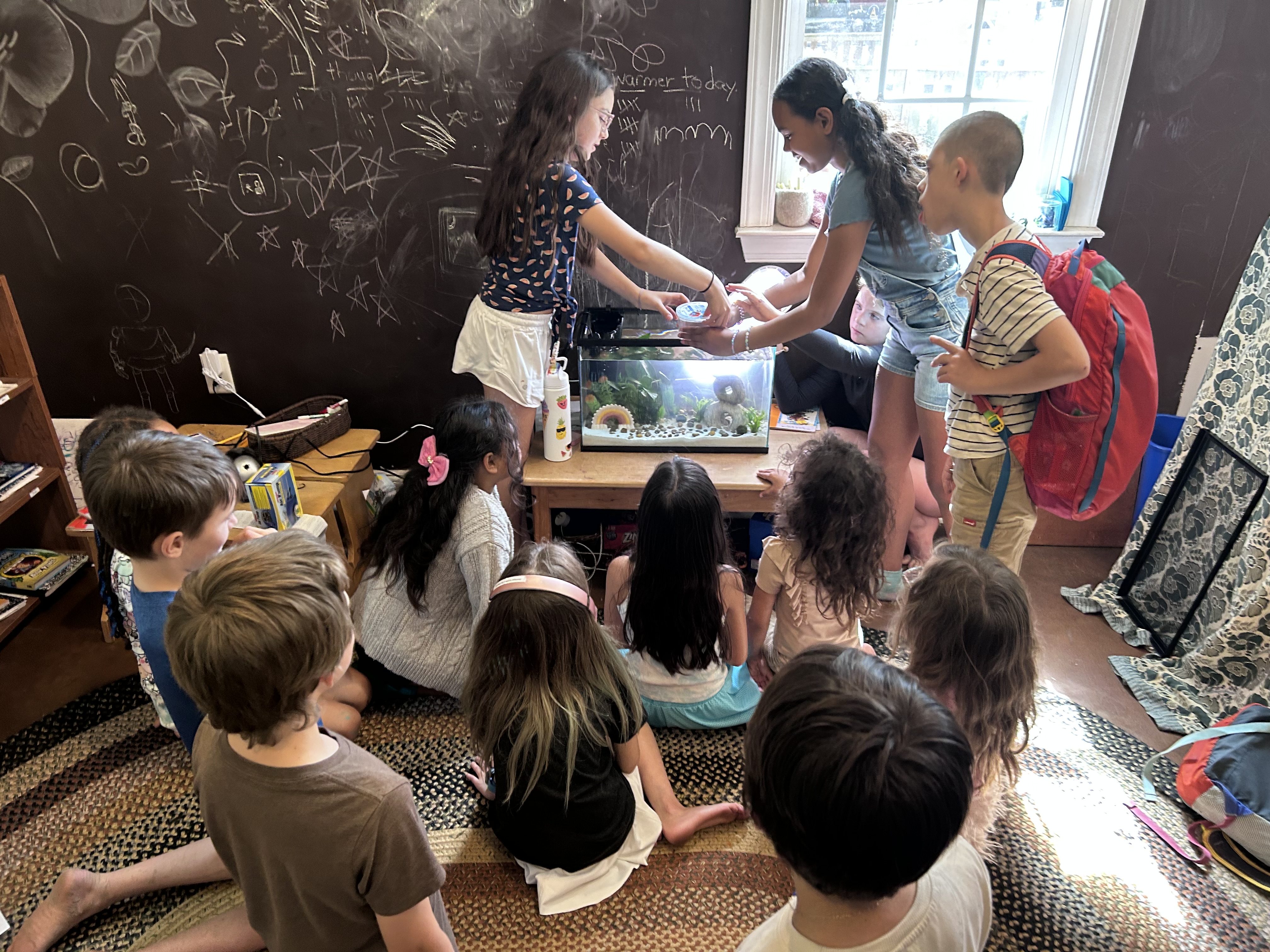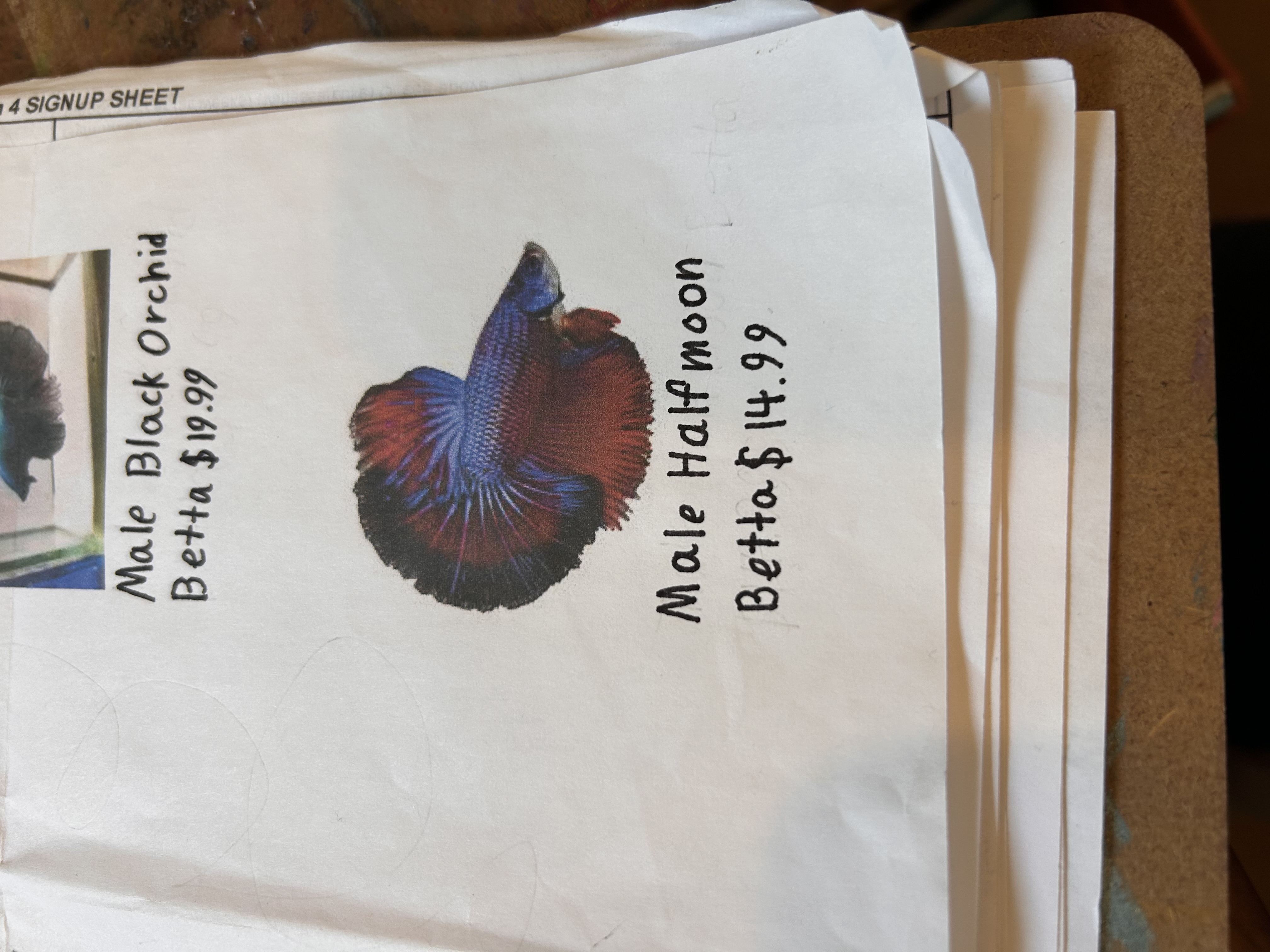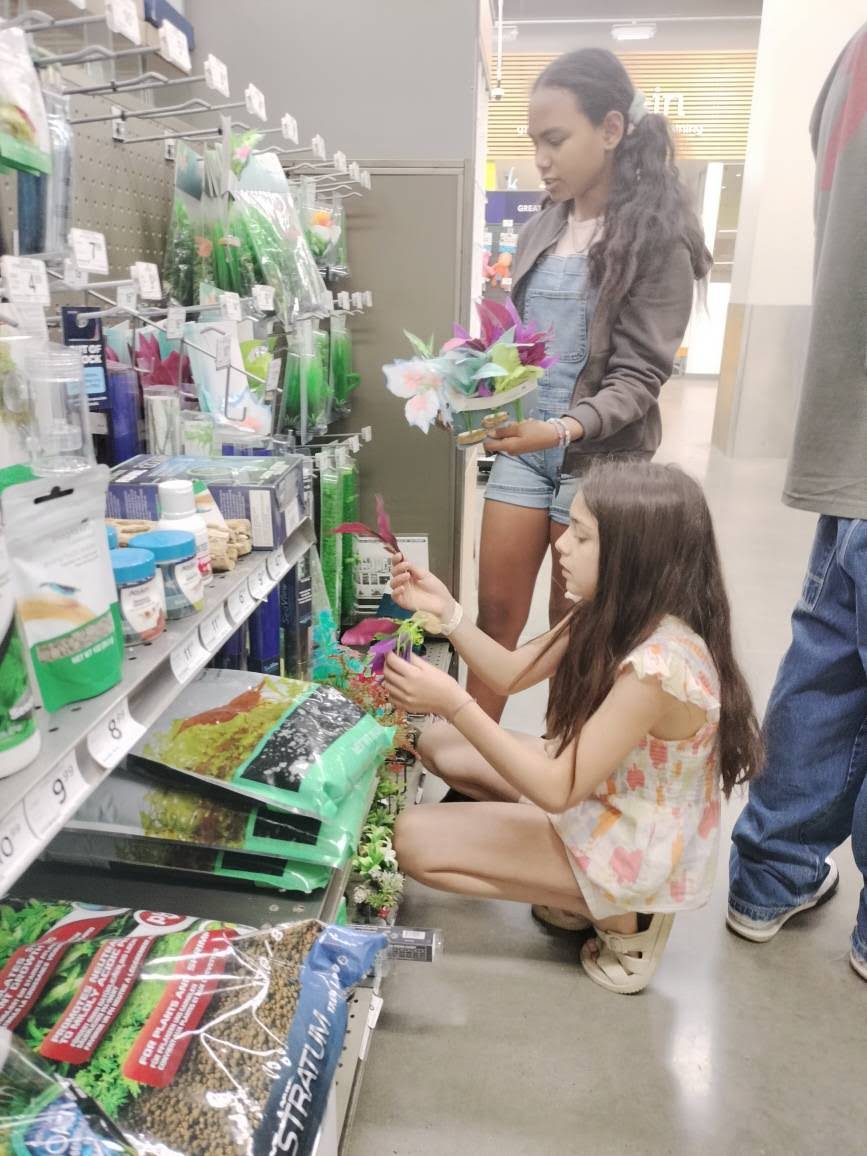Understanding Project-Based Learning Assessment
Let's start with what most of us already know but might be afraid to say out loud: traditional assessment is broken. Those standardized rubrics you've been handed? The ones that try to squeeze the messy, beautiful process of learning into neat little boxes? They were designed for a different world – one where we believed we could predict exactly what every child needed to know at exactly which age.
But you're here because you've seen something different. You've watched kids light up when they're deep in a project that matters to them. You've witnessed the kind of learning that happens when we stop pushing curriculum and start following curiosity. And now you're wondering: how do we capture and communicate the value of this learning without killing what makes it magical?
"Authentic project-based learning resists traditional assessment because it's fundamentally different from traditional education."
Here's the thing about authentic project-based learning: it resists traditional assessment because it's fundamentally different from traditional education. PBL operates on a pull system – learning emerges from students' genuine interests, questions, and discoveries. Traditional assessment assumes a push system – predetermined content delivered on a predetermined schedule.
What Real PBL Assessment Looks Like
Maya spent three weeks researching betta fish. Not because it was assigned. Not because it was "age-appropriate content." But because she was fascinated by these creatures and wanted to bring one to her learning community.
What emerged from this interest? She:
- Conducted scientific research using online resources and local experts
- Developed financial literacy through creating a detailed budget proposal
- Practiced democratic participation by polling her community
- Learned project management by coordinating multiple steps
- Built persuasive writing skills through her proposal
- Explored ecosystem science through habitat setup
Learning Signals Identified
In Prism, this learning would be automatically categorized across multiple domains:
Traditional assessment would have missed most of this. It would have asked: "Did Maya meet the third-grade science standards?" But authentic PBL assessment asks: "What did Maya actually learn? Where did her curiosity lead? What skills emerged? What might she explore next?"
The Shift from Measurement to Reflection
In self-directed learning environments, assessment isn't about judgment – it's about reflection. It's about making learning visible so that:
- Students can see their own growth and plan their next adventures
- Parents can understand and celebrate their child's unique learning journey
- Educators can provide relevant resources and support at the right moment
- The broader community can recognize the depth of learning happening outside traditional frameworks
This kind of assessment requires us to document learning as it unfolds. It asks us to be observers and storytellers, not judges and sorters.
Observation Frameworks: Flipping Rubrics on Their Head
Now, I know what you're thinking. "This all sounds great, but I need something concrete. Something I can actually use." Fair enough. Here's where we flip the traditional rubric concept completely: instead of predetermined criteria that measure compliance, what if your assessment framework helped you notice and name the learning that's actually happening? That's what Prism enables – observation tools that illuminate emergent learning rather than judge it against external standards.
The Multi-Domain Observation Framework
Instead of subject-specific rubrics, consider domains of growth:
Cognitive Development
- Problem-solving approaches
- Research and information synthesis
- Critical thinking and analysis
- Creative connections and innovations
Social-Emotional Growth
- Collaboration and communication
- Self-advocacy and initiative
- Emotional regulation and resilience
- Empathy and perspective-taking
Practical Life Skills
- Project management and planning
- Resource acquisition and budgeting
- Time management and prioritization
- Real-world application of learning
Domain-Specific Content
- Mathematical thinking
- Scientific inquiry
- Language and communication
- Historical and cultural understanding
- Artistic and creative expression
But here's the key: these aren't checkboxes. They're lenses for observation. When Maya researched betta fish, we might notice she used mathematical thinking to calculate tank volumes, but we wouldn't penalize her for not hitting some predetermined geometry standard.
Documentation Instead of Grades
Rather than reducing learning to letter grades or percentages, effective PBL assessment creates rich documentation:
Learning Stories: Narrative descriptions of significant learning moments that capture context, process, and growth. These might be a paragraph or a page, but they tell the real story of what happened.
Portfolio Artifacts: Photos, videos, written work, and project outcomes that show learning in action. Maya's budget proposal, her research notes, photos of her tank setup – these artifacts speak louder than any test score.
Reflection Conversations: Regular discussions with students about their learning, documented through notes or recordings. "Maya, tell me about how you decided which type of betta to propose?" These conversations often reveal deeper learning than any external assessment could capture.
Peer Feedback: Other students' observations and input provide valuable perspectives on collaborative skills and community impact. The fact that Maya's proposal passed on the first vote tells us something important about her community engagement skills.
A Living Assessment Example
Let's make this concrete. Here's how Maya's betta fish project might be documented in Prism:

March 15, 2025
Betta Fish Project Complete
Maya successfully presented her betta fish proposal to the community today. Over three weeks, she researched care requirements, created a detailed budget, conducted a community survey, and addressed questions about long-term responsibilities. The habitat she created demonstrates deep understanding of ecosystem needs. She's already scheduled teaching sessions with younger students about proper betta care.
Example of what this moment would look like as a portfolio entry in Prism
Documentation Over Time
Week 1: Initial Observation
"Maya has been spending hours researching betta fish online. She's taking detailed notes about different species, their care requirements, and habitat needs. She's particularly interested in the science behind their breathing apparatus and has started sketching diagrams."
Week 2: Mid-Project Documentation
"Maya recognized she needed funding for her project and independently researched our community's proposal process. She created a survey to gauge peer interest, demonstrating understanding of democratic decision-making. Her budget calculations show practical application of decimals and estimation."
Week 3: Project Completion Reflection
"Maya successfully presented her proposal, fielding questions about long-term care responsibilities. Her preparation was evident – she had anticipated concerns and prepared responses. The fish habitat she created demonstrates understanding of ecosystem needs. She's now teaching younger students about betta care."
See the difference? This tells us so much more than "Meets grade-level science standards."
Implementation Guide
So you're convinced. You want to shift from traditional assessment to something more authentic. But how do you actually do it, especially if you're working within systems that still expect traditional reports? Here's your practical roadmap.
Start With Observation, Not Objectives
Traditional planning starts with learning objectives and works backward. PBL starts with observing what students are actually interested in and documents where that interest leads. This requires a fundamental shift in how we structure our days.
Pro Tip: The Observation Rhythm
- Daily: 10 minutes for observation notes (not lesson plans!)
- Weekly: Review patterns and identify needed resources
- Monthly: Create learning summaries for formal documentation
Create Your Documentation System
You need a sustainable way to capture learning as it happens. Here's what works:
Photo Documentation: A picture really is worth a thousand words. Maya's fish tank, her handwritten budget calculations, her presenting to peers – these images tell the story. But remember: the photo is just the artifact. Always add context about what learning it represents.

Week 1: Research and planning phase

Week 2: Budgeting and resource acquisition
Quick Voice Notes: Use your phone to record 30-second observations in the moment. "Maya just spent 20 minutes calculating water volume for different tank sizes. She's discovering that surface area matters more than depth for oxygen exchange."
Student Portfolios: Whether digital or physical, students need ownership of their documentation. Let them choose which artifacts to include. Their choices tell you about their values and self-perception as learners.
Learning Journals: Regular reflection prompts help students articulate their own learning. "What was challenging about your project this week? What do you want to explore next?"
Key Insight
The photo is just the artifact. Always add context about what learning it represents. Without the story, a picture of a fish tank is just a picture. With the story, it becomes evidence of scientific inquiry, financial literacy, democratic participation, and so much more.
Navigate System Requirements
Let's be honest: many of you still need to produce traditional reports, check standards boxes, or satisfy regulatory requirements. Here's how to bridge both worlds:
Translation, Not Compromise: When Maya researches betta fish, she's hitting numerous traditional standards – science, math, writing, research skills. Document the authentic learning first, then translate it into system language as needed.
Portfolio-Based Evidence: When asked for proof of "grade-level achievement," present rich portfolios showing actual work rather than test scores. Most evaluators are impressed by real evidence of learning.
Narrative Reports: Many systems allow narrative assessments as alternatives to grades. Use them. A well-written learning story carries more weight than any letter grade.
Parent Partnership: Parents who understand and can articulate their child's learning become powerful advocates. Share your documentation regularly. Help them see and name the learning too.
The Rhythm of Reflection
Effective PBL assessment has a rhythm:
- In the Moment: Quick captures of significant learning (photos, notes, quotes)
- Daily: Brief reflection on the day's observations
- Weekly: Synthesis of emerging patterns and needed resources
- Monthly: Creation of learning stories or portfolio updates
- Seasonally: Larger reflection on growth patterns and future directions
This rhythm keeps assessment integrated with learning rather than separate from it.
Common Challenges and Solutions
Let's address the elephants in the room – the real challenges you'll face shifting to authentic PBL assessment.
"But How Do I Know They're Learning Enough?"
This anxiety is real, especially when you're surrounded by systems obsessed with standardization. Here's the truth: kids engaged in authentic projects learn more than their traditionally-schooled peers, not less. They just learn it in a different order.
Solution: Keep a standards checklist in the background (not foreground) of your documentation. You'll be amazed how many boxes get naturally checked through authentic projects. Maya's fish project touched on life science, measurement, economics, civic engagement, and persuasive writing – all without a single worksheet.
"Parents Want Traditional Grades"
Some parents have been so conditioned by traditional assessment that they feel anxious without letter grades. They equate grades with caring about their child's education.
Solution: Educate through showing. Share specific learning stories weekly. Send photos of projects in process. When parents see "Maya calculated tank volumes using multiplication and division to ensure her fish has adequate space" they understand more than any "A in math" could communicate. Gradually, they'll start valuing the rich documentation over reductive grades.
"This Takes So Much Time"
Yes, observation and documentation take time. But here's what you're not doing: creating artificial assessments, grading worksheets, entering data into gradebooks, or managing test prep.
Solution: Integrate documentation into your learning day:
- Students photograph their own work
- Use voice-to-text for quick observations
- Involve students in reflection and documentation
- Build documentation into project time, not separate from it
"How Do I Handle Different Learning Paces?"
In PBL, students aren't moving through curriculum at the same pace because they're not all moving through the same curriculum. Maya might spend three weeks on fish while another student builds robots for months.
Solution: This is a feature, not a bug. Document each student's journey without comparison. Learning isn't a race. When we stop trying to keep everyone on the same page, we can support each student in going deeper into their interests.
"What About Students Who Don't Initiate Projects?"
Some students have been so conditioned by traditional education that they wait to be told what to do. They've learned that compliance is safer than curiosity.
Solution: Start small. Notice micro-interests. Maybe they always choose books about space, or spend free time drawing. Nurture these sparks through resources and gentle invitations. "I noticed you love drawing dragons. Did you know there's a whole biology of how wings work?" Recovery from traditional schooling takes time.
"How Do I Prepare Students for Traditional Assessments?"
Sometimes standardized tests are unavoidable. How do you prepare students without compromising your values?
Solution: Frame it honestly. "This test doesn't measure your real learning, but it's a hoop we need to jump through. Let's learn the game." Spend minimal time on test prep. Students engaged in real learning usually do fine on tests without extensive preparation – they've developed actual thinking skills rather than just memorizing answers.
Making It Real
Here's what all this looks like in practice. Not theory – actual daily practice in learning communities that trust children to direct their own education.
Assessment becomes a conversation, not a judgment. It's Maya explaining why she chose a crown tail betta over a half-moon. It's documenting the moment when she realizes she needs to factor in not just the tank cost but ongoing food expenses. It's capturing her teaching another student about the nitrogen cycle.
This kind of assessment builds learners who understand their own learning process. Maya doesn't need someone to tell her she's "doing well in science." She knows she learned about fish biology, water chemistry, and ecosystem balance because she lived it. She can articulate what she learned and where she wants to go next.
"When we shift from measuring against external standards to reflecting actual learning, something magical happens: students stop performing school and start living learning."
They stop asking "Is this good enough?" and start asking "What else do I want to know?"
And isn't that what education should be about? Not filling children with predetermined content, but nurturing their natural capacity to learn? Not measuring compliance, but celebrating growth?
If you've read this far, you're ready. You see the possibility. You understand that authentic assessment isn't about lowering standards – it's about honoring real learning. You know that making learning visible serves students better than reducing it to grades.
The tools are simple: observation, documentation, reflection, and trust. Trust that learning happens when we follow curiosity. Trust that growth emerges when we support rather than direct. Trust that children are naturally brilliant when we stop getting in their way.
Your students are already learning in beautiful, complex ways. Your job isn't to measure that learning against some external standard. It's to see it, name it, celebrate it, and support whatever wants to emerge next.
That's assessment that honors the learner. That's assessment that serves real education. That's assessment that changes everything.